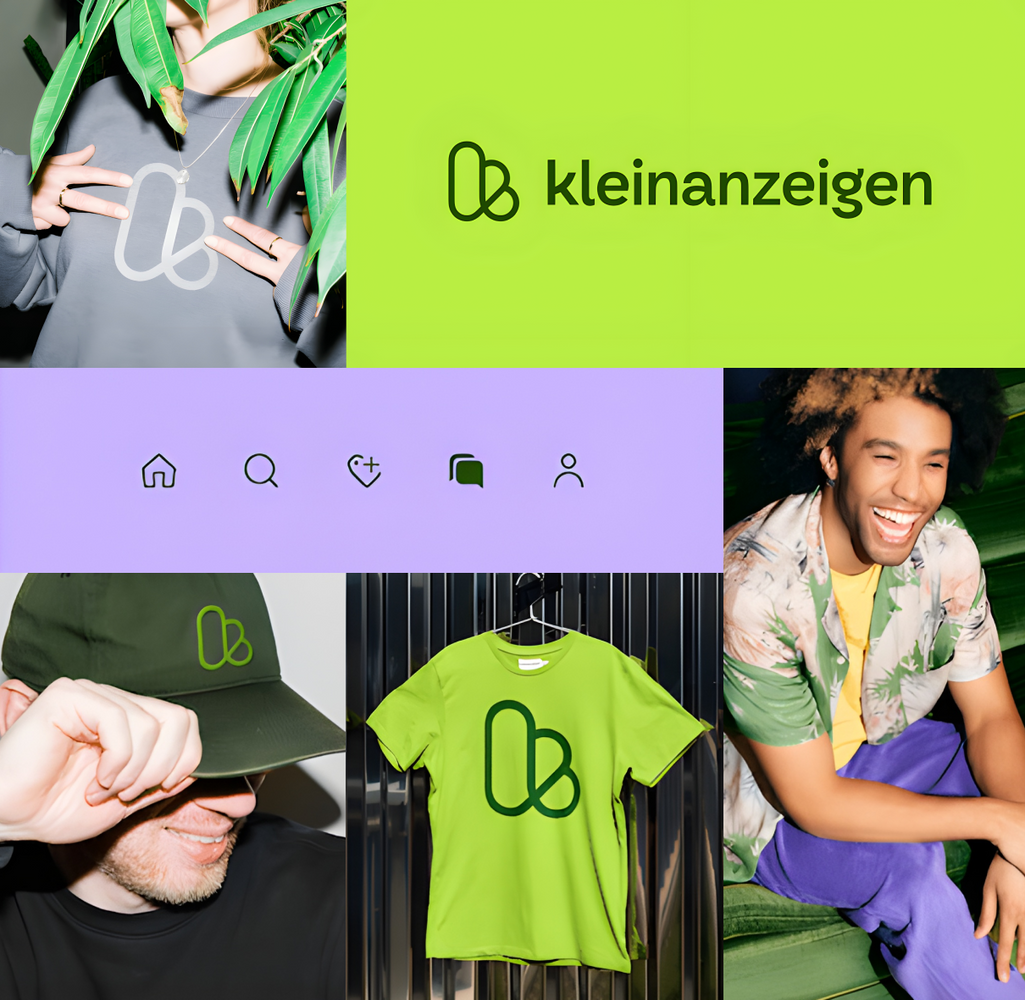
Reflections on the Kleinanzeigen rebranding with Mutabor
Kleinanzeigen’s recent rebrand arose from a necessity — with a change in ownership, the brand flag they flew under was departing. And so, with the help of branding and design agency Mutabor, a long-time partner of Frontify, the online classifieds marketplace set out to reinvent its brand and elevate its positioning as a leader in sustainability.
We sat down with Burkhard Müller, CDO at Mutabor, to find out how they approached the rebrand for a brand as culturally embedded as Kleinanzeigen.
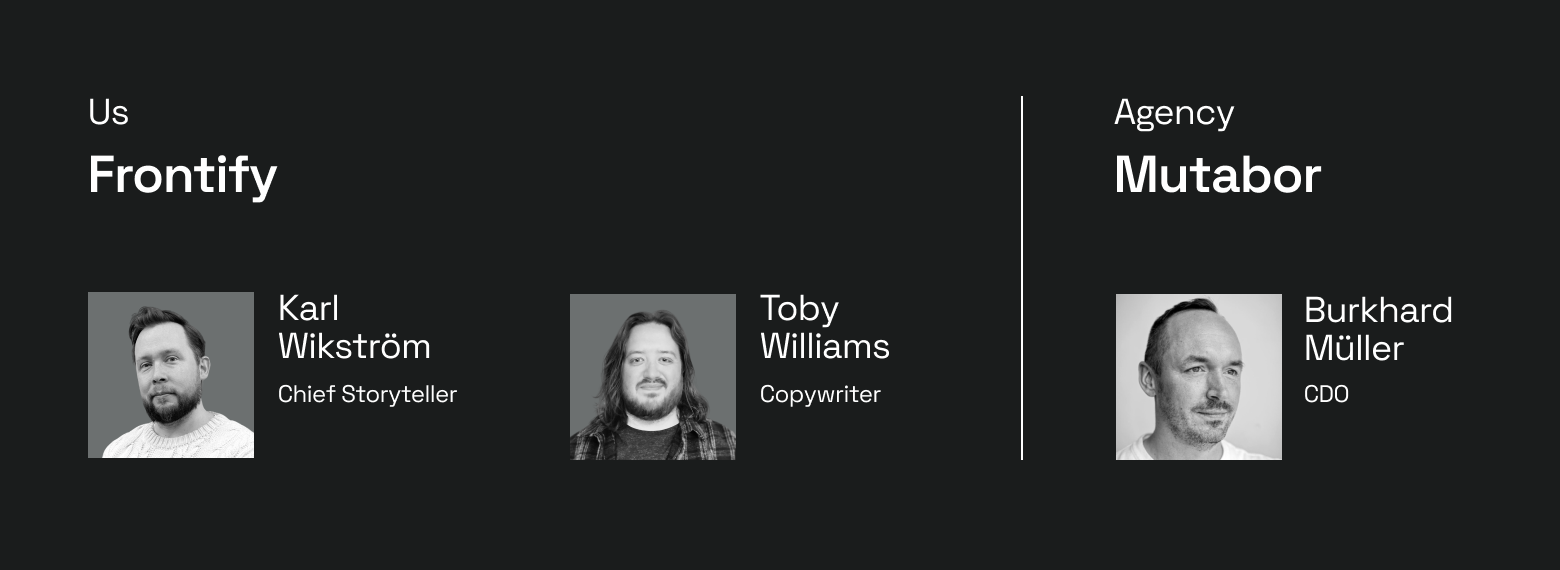
Karl Wikström: Tell us about the rebrand, what triggered it, and what was important in the preparation process leading up to it.
Burkhard Müller: Today, it's the largest classifieds platform in Germany. The website is visited by more than 36 million users a month and is very much integrated into our culture. There is a focus on sustainability in their business model. The brand has done well because it has never had to invest in branding — everyone knows eBay. They never had to think about change. But then eBay sold their classifieds business and with it Kleinanzeigen, and they weren't allowed to use the eBay name anymore. That was the balance we jumped on.
Toby Williams: Were there any elements of the old eBay Kleinanzeigen you were tempted to keep?
Burkhard Müller: We wanted a bold new brand. And we ended up with a completely new design that had nothing to do with the old brand. It took at least half a year of the rebranding process to get there. So, it was important for everyone involved to go through this process to get used to the idea of really changing everything about the brand. We were not just trying to deal with the loss of eBay. We wanted to become something bigger, something better: a bold brand.
Karl Wikström: That's really interesting. It seems like you and Kleinanzeigen did a really good job of creating that internal adoption and helping people take ownership of the new brand.
Burkhard Müller: Kleinanzeigen did a very good job of keeping everyone in the company involved throughout the process. When we came up with the final version of the logo, they did a lot of internal events to introduce and incorporate the logo in preparation for the public launch.
When we launched the logo to the public, of course, people played with it and found all sorts of images in it. They found a butterfly, a flower, and even body parts. We were prepared for that, and we appreciated the fact that people were playing with elements of a brand — because it shows that they care. They're engaged, they're happy to be part of the pop culture discussion, and that was very much because the logo worked perfectly with that already existing culture around the brand.
Karl Wikström: As you mentioned before, you had a huge community of buyers and sellers. You had to encourage the community to accept and adopt a new brand and also not fiddle too much with the user experience so that you experience a drop in people using the marketplace. So, what was that like to navigate?
Burkhard Müller: That was the most interesting part for me. Changing the product is a huge risk, especially with 36 million users. So, our strategy was: The product team started rebranding six months before we finally changed the logo. Iteratively, they implemented new colors, a new typeface. Some modules were changed. We went very slowly. When the TV commercials [by The Goodwins] came out and said, "Okay, eBay Kleinanzeigen is going to be just Kleinanzeigen," we finally changed the app icon. So we got all that attention — but the product didn't feel like such a big change to users.
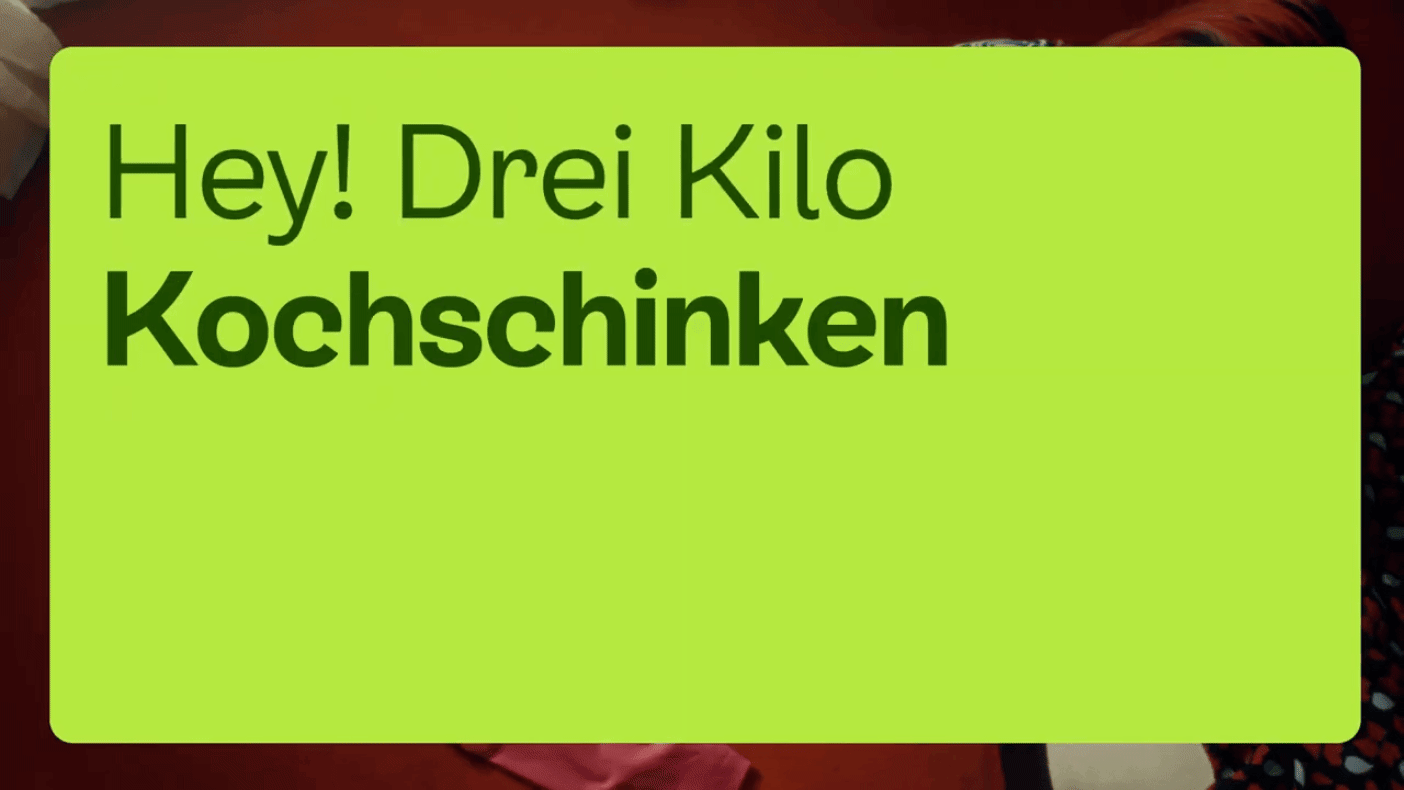
Karl Wikström: Looking back at the rebrand, what do you think made it successful? What were the key aspects that helped it become a great rebranding from your point of view?
Burkhard Müller: Kleinanzeigen really cared about the users to make sure they were involved. It was very important to get the businesses involved, so it was a very well-managed process to get all the employees involved in the rebrand at that stage. They really celebrated it, and people were excited about the change — which, in my experience, is very rare for people to fully embrace change within a company. Then, they were well positioned: They were already strongly associated with sustainability, which is a very relevant issue for the target audience and a good fit for the users. So people liked the new look, and we got very good feedback — from the design press, from our competitors, and also from the users.
Karl Wikström: That's really interesting, especially from a rebranding that starts off from a necessity. That goes into my next question — what do you think is important for a successful rebranding today?
Burkhard Müller: In an increasingly digitalized and AI-optimized world, imperfection and inconsistency are interesting. We see a lot of AI-generated images now; this perfect representation of people can feel strange. I think the same is true for brands. The feeling of being guided by humans encourages identification and makes you more relevant.
For example, when we rebrand or work with brands, we like to work with archetypes and give them characteristics that we know from people because it makes brands more tangible.
Karl Wikström: And what do you think has changed when it comes to rebranding, say, from 10 years ago?
Burkhard Müller: When I started at Mutabor, one of the main ideas was to bridge the digital and brand departments because you want to have a very consistent brand at every touchpoint. But there are many more departments and users who could benefit from an easier collaboration with their brand. Recently, we've invested a lot in artificial intelligence to enable non-designers to create brand assets on demand.
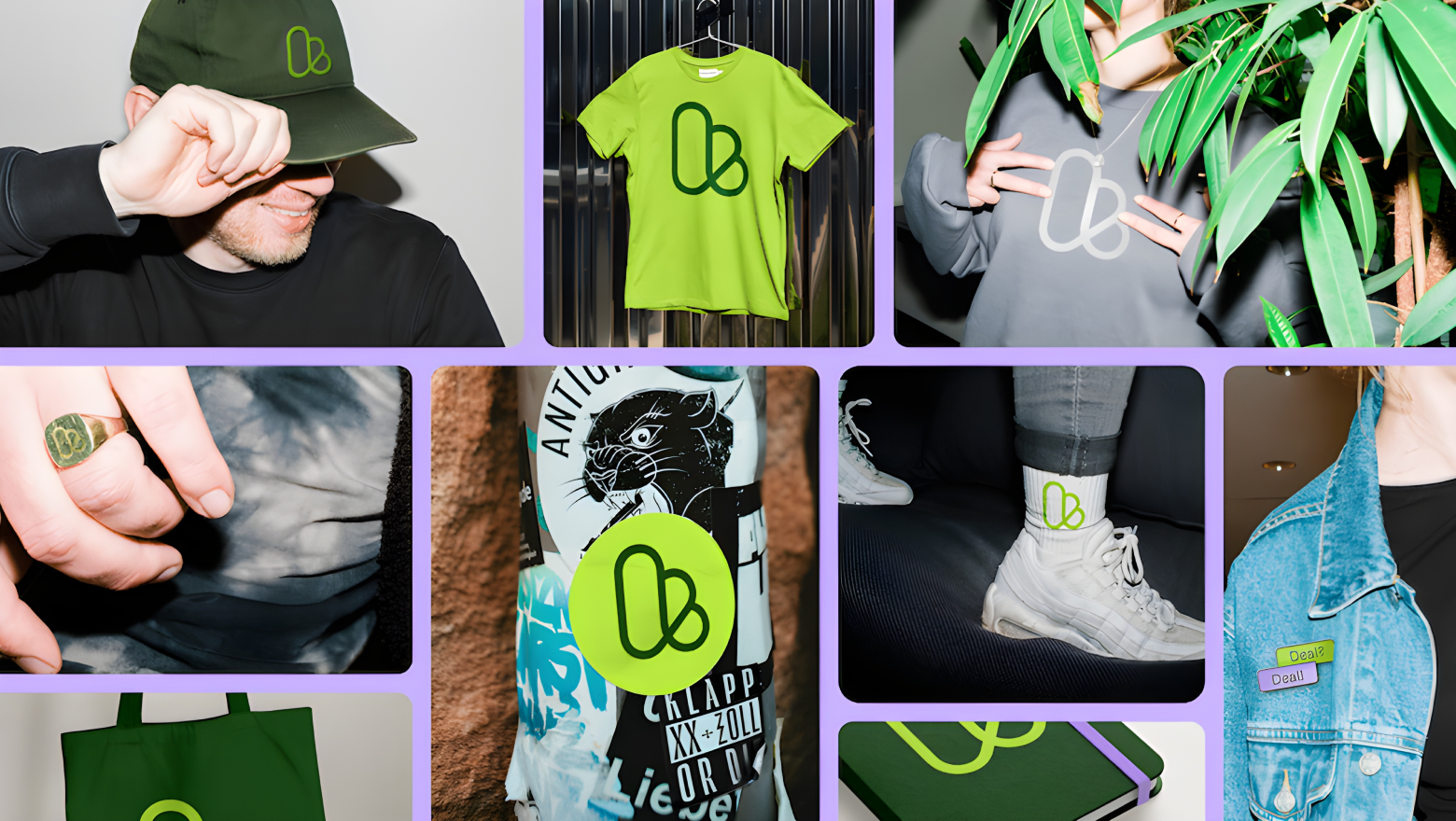
Karl Wikström: Here’s an interesting question to ask you, given your background as a software developer. How would you define a refresh and a rebrand? What is it from your point of view?
Burkhard Müller: A refresh is usually something technical, maybe something too complicated to work with the brand. You don't change everything, you just change what needs to be changed. You decide to rebrand when you want to reposition your brand so that it is associated in a different way than it is now. You don't necessarily need to change all the visual elements, but you do need to change the way people think about you - what they think when they see you or experience your service.
Karl Wikström: I'm going to go back a little - you were talking about an AI-powered future and the frequency of rebrands. How often should a company update their brand - more frequently today, do you think, or in the future?
Burkhard Müller: It depends, but now with AI you can be copied a lot faster, so it's even more important to be distinctive as a brand. Brands have to figure out, "How do we stay distinctive?" because it's no longer about well-crafted design or anything like that. You have to own your colours, or you have to own your environment, or the idea that people associate with you, and that's something that you have to constantly invest in - because any startup, using AI, can recreate your style very quickly. So you really have to invest in your brand to stay distinctive and relevant.
Karl Wikström: I think we're approaching the end of our interview so I'm going to ask one final tricky question. What is one piece of critical advice you would give to a brand working on a rebranding today?
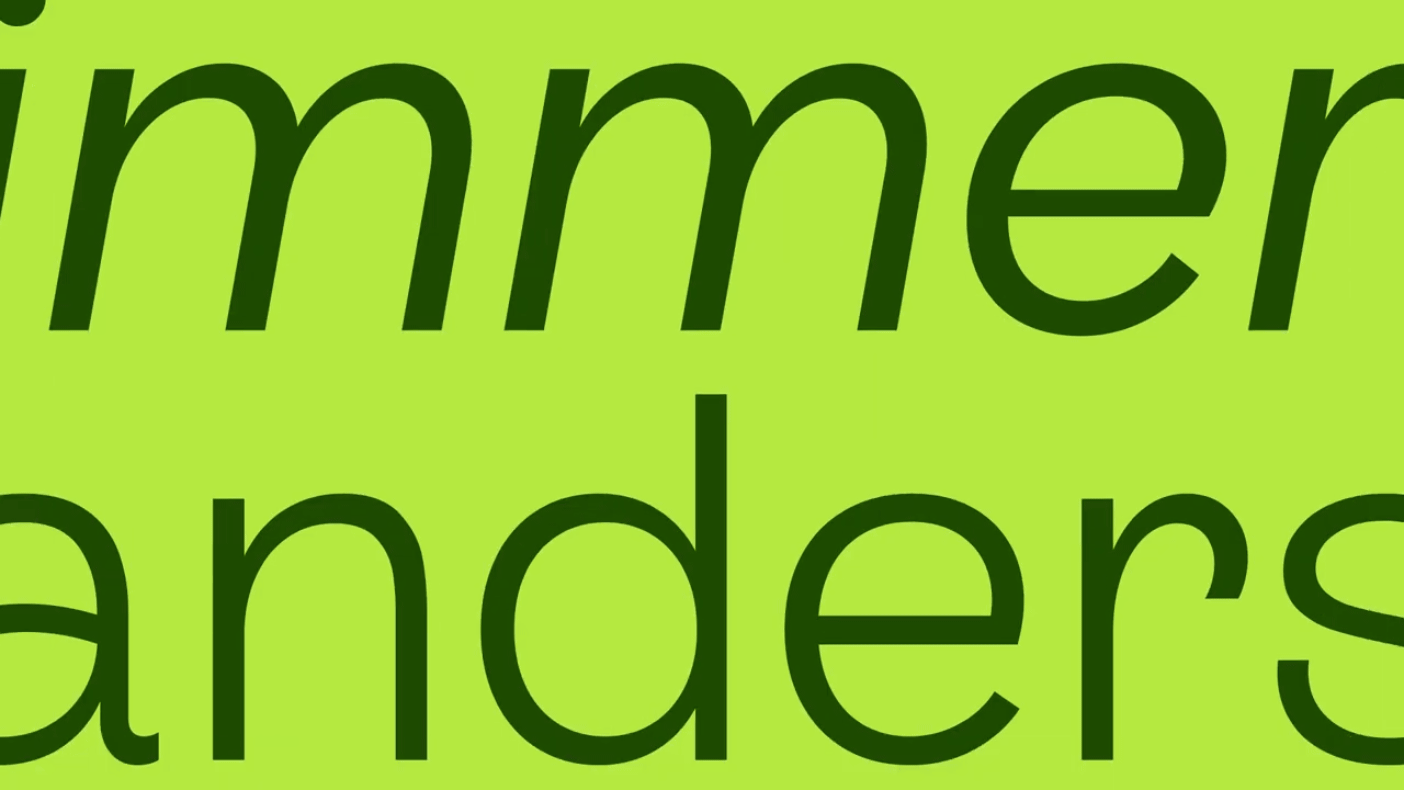
Burkhard Müller: From the agency's point of view, they have to make sure who the decision-maker is. Everybody has an opinion about design. So it's very important to clarify who's going to make the final decision. It's a very political answer, but it's really crucial.
Karl Wikström: And the same question from the brand’s point of view. If you're not looking at it from the agency's point of view, what's important for them to keep in mind?
Burkhard Müller: They really need to think about how they want to be perceived in the future and what they are fighting for. "How am I associated today, what do people think about me, and why am I an important ally for them?" Then you can go in that direction and on that path; you will have to learn a lot and maybe change your mind about it, but you have a goal to work towards.
Karl Wikström: Yeah, it's a journey; they’re setting out an ambition that's still realistic. Something that challenges the brand but not to the point where it can’t be achieved.
Burkhard Müller: Exactly. Kleinanzeigen’s Head of Brand, Iskra [Velichkova], and CMO, Jas [Richards], were two very wise, capable women who were always picky and always had this image in mind of how they wanted to be associated in the future. And in a really positive way, challenged themselves and our team that we should try harder to find something that matches what they envisioned — a bold brand that wasn’t just the legacy of an eBay brand, but a brand on its own that stands for itself.